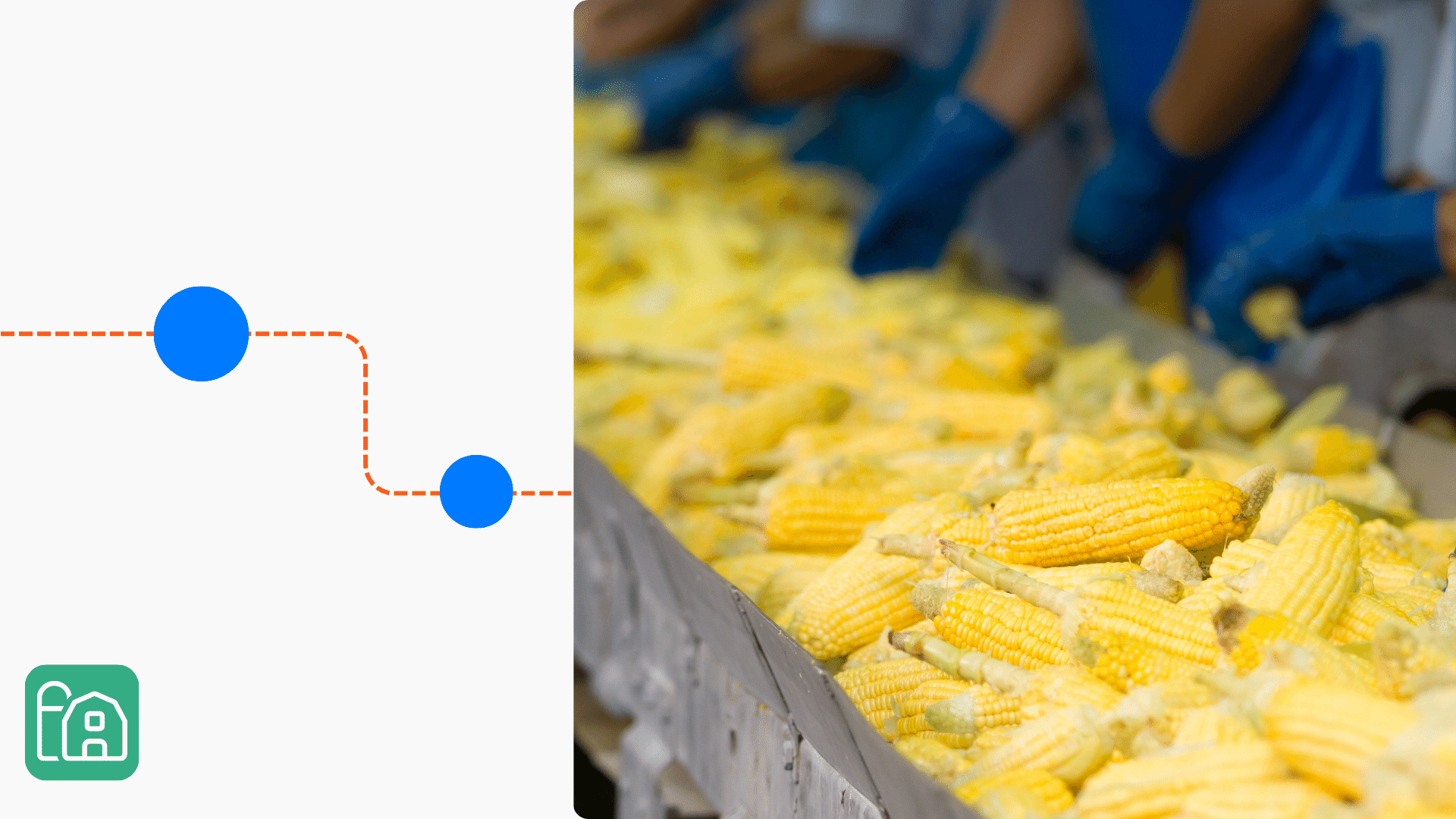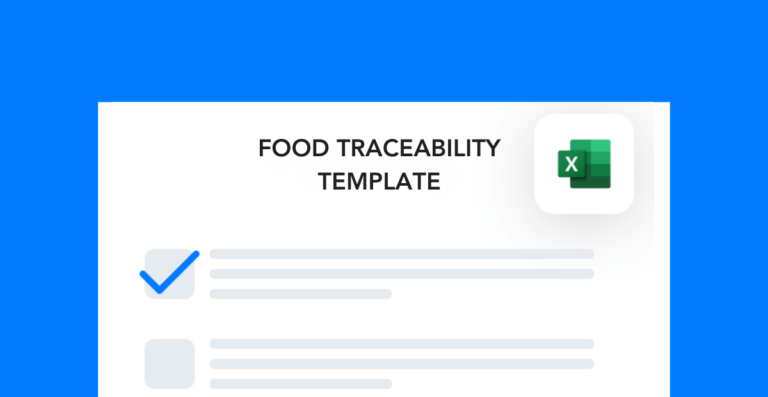Keeping up with food safety requirements is already a time-consuming, complex task. And trying to keep up with all the food safety trends happening at any given time can make it even harder. If you’re a food safety professional, here are the trends worth following that might improve your site’s performance.
Operational change management
There’s a reason why change management has grown in popularity since the early 2000s: it works. Carefully rolling out new changes is a great way to avoid safety incidents, product recalls, and operational failures. And it applies to so many areas of food safety like:
- Implementing new safety requirements or protocols
- Switching suppliers
- Changing recipes or ingredients
- Introducing new equipment
- Adding, removing, or reordering the steps in a process
- Sending out recall notices
As food safety regulations become more diverse and complex, it’s likely that more companies will seek out change management to lower risk. [Read this post on food product change management for more information on this topic].
Top to bottom supply chain oversight
Another food safety trend is that companies are increasingly tracking their products all the way through the supply chain. The FDA’s food traceability rule (FSMA 204) is a big driver behind this trend.
Not only do companies have to keep traceability records, but they’re finding these records valuable for continuous improvement purposes. Think about it. If you can control the safety of the entire process all the way from production to distribution, then the likelihood of process-related safety issues may decrease dramatically.
Closer regulation of the entire process also contributes to less scrap. This saves money and lowers the company’s environmental impact.
Data-driven food safety strategies
Manufacturing companies have used technology like EHS software for decades to improve performance. But there’s a growing market of tools made specifically for the food and beverage industry. From food traceability to HACCP, there are tools to cover all sorts of food safety processes.
Given the increased pressure for transparency, especially when it comes to consumer product recalls, companies will continue to seek out data solutions. With technology as a means of collecting and analyzing data, this will hopefully have a positive impact on food safety strategies across the industry.
Stricter hygiene standards
The COVID-19 pandemic exposed a lot of health and safety gaps within industrial processes. Since then, many food and beverage companies have begun introducing stricter hygiene standards and protocols. From requiring more in-depth food safety training to installing new sanitization equipment, how this plays out looks different for every company and niche within the food industry.
Of course, like all trends, it will be interesting to see whether these increased hygiene measures last. Every new process, protocol, and piece of equipment requires attention. When done correctly, implementing these changes can lead to lasting improvements. But if you’re just chasing food safety trends without considering how they integrate within your existing processes, then there may be unintended consequences that significantly impact performance in the long run.




